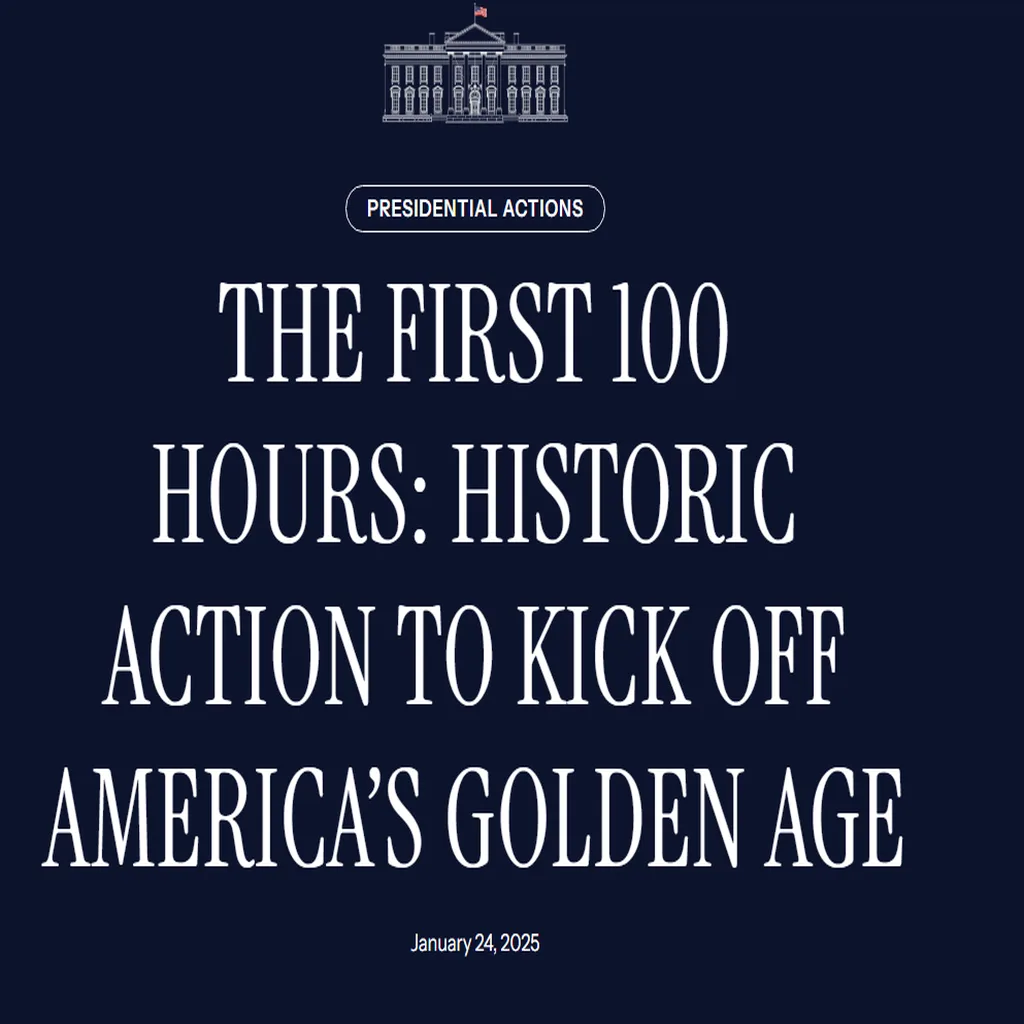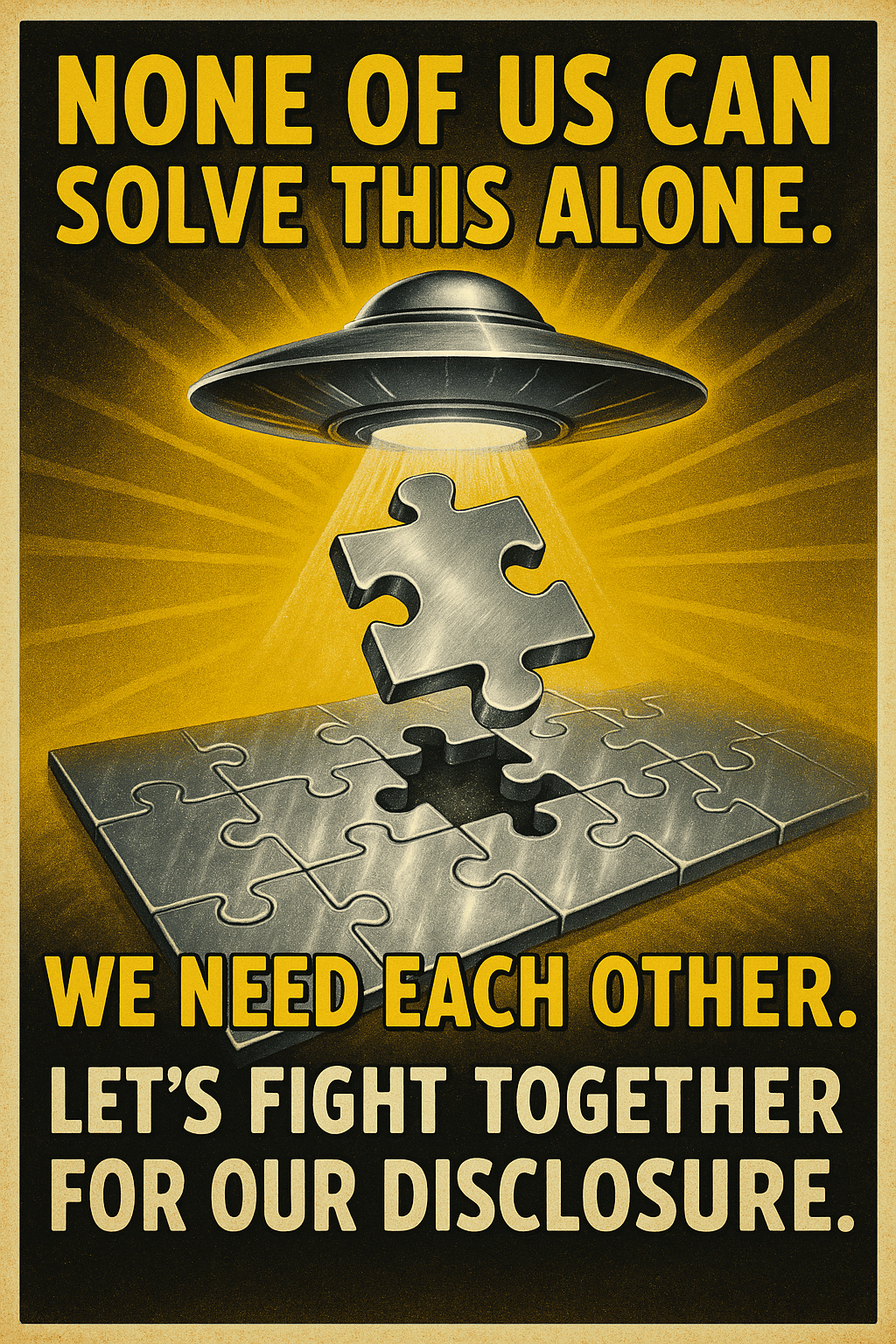The Golden Age

The Golden Age, a time of divine harmony, where humans and gods coexisted. Today, its resurgence in politics may hint at extraordinary events unfolding in the skies over New Jersey and elsewhere, signaling a return. Throughout history, the idea of a Golden Age has been a powerful and recurring theme, symbolizing an era of peace, wisdom, and harmony with the divine. Ancient civilizations, religious traditions, and even modern political discourse reference this concept as a time when human potential was at its peak, untouched by suffering and corruption. Today, this idea is not just confined to mythology but is being actively discussed in contemporary politics. Recent rhetoric from figures such as Donald Trump has embraced the notion of a new Golden Age, one where America can reclaim its greatness and usher in an era of unprecedented prosperity. His administration’s commitment to launching what has been called “America’s Golden Age” suggests a conscious attempt to align national progress with the ancient archetype. symbolizing an era of peace, wisdom, and harmony with the divine.
President Donald Trump, speaking from Air Force One, declared, “There’s a light over the United States. People are happy, and they’re more confident.” He emphasized soaring approval ratings, saying, “We’ve never seen 49 points up.” Trump suggested that this phenomenon extends beyond America, stating, “I think there’s a light actually glowing beyond this country all over the world.” He added that world leaders have contacted him, telling him, “Sir, there’s a light over our country right now, there’s a light over the world.”
The Golden Age is a timeless concept that appears in both mythology and religious traditions, representing an era when humanity lived in harmony with the gods, free from toil, suffering, and moral corruption. This idea is present in the myths of many ancient civilizations, each offering its own version of a time when the divine and the mortal coexisted in perfect balance. In Greek mythology, Hesiod’s Works and Days describes the first of the Five Ages of Man, the Golden Age, as a time when Kronos ruled over the world. Humans lived without hardship, the earth provided abundantly without the need for labor, and death came peacefully, without pain or decay. There was no war, no conflict, and no need for governance, as people naturally followed the path of justice and righteousness. Most importantly, the gods did not stand apart from mortals; they walked among them, offering guidance and companionship rather than demanding worship from a distance. However, this harmony was not to last. With the overthrow of Kronos and the rise of Zeus, the world moved into the Silver Age, beginning the gradual decline of humanity’s direct connection with the divine.
In Roman mythology, which often borrowed heavily from Greek traditions, a similar narrative exists. The poet Ovid, in his Metamorphoses, describes a Golden Age where there were no laws because none were needed. People lived in peace, the earth yielded fruit without cultivation, and no ships sailed the seas for war or commerce. This was a world in which gods and mortals existed together without strife. However, as humanity’s greed and ambition grew, the purity of the Golden Age gave way to the Silver, Bronze, and Iron Ages, each bringing greater suffering and alienation from the divine.
Other mythologies across the world reflect similar stories. In Norse mythology, there was once a time when the gods and humans coexisted before the world fell into cycles of conflict and destruction. In the early days of creation, the gods of Asgard shaped Midgard, the world of humans, and actively interacted with them. The Aesir, including Odin, Thor, and Freyja, were not distant rulers but lived closely with mortals, offering protection and wisdom. However, with the eventual onset of Ragnarök—the prophesied end of the world—this closeness faded, and the world descended into chaos, war, and destruction.
The ancient prophecies of a Golden Age suggest that extraordinary abilities, once confined to a select few, may become widespread, reshaping the very fabric of human potential. The works of Sid Hurwich and Nikolai Kozyrev hint at the possibility that manipulating time and energy could become common knowledge, much like how technological advancements democratized access to information. If humanity can influence the flow of time, then the next logical step is applying such mastery to material existence, bridging the gap between the mythical past and an imminent future of enlightenment. These breakthroughs may not just be remnants of lost civilizations but precursors to an era where higher states of consciousness and technological prowess merge, heralding the dawn of a renewed Golden Age.
In Mesopotamian mythology, the Sumerians believed in a time when the gods lived on Earth and ruled directly over humanity. The earliest human kings were said to have been semi-divine figures, chosen by the gods to maintain balance. Ancient Sumerian texts, such as the Eridu Genesis, describe an age when the gods provided all that humanity needed, and there was no suffering or disease. However, as human ambition grew, the gods withdrew, creating a division between the celestial and the mortal realms. The Babylonian Enuma Elish further echoes this sentiment, describing a primordial age where humans and gods were close before divine order was disrupted by chaos and rebellion.
Beyond mythology, the Golden Age appears in religious traditions, where it is often depicted as a lost paradise that humanity seeks to restore. In Hinduism, this concept is reflected in the Satya Yuga, the first of the four Yugas in the cycle of time. In this era, humans lived in complete alignment with dharma, the cosmic order that maintains balance in the universe. There was no suffering, deceit, or greed, and people possessed innate spiritual wisdom. The gods were not distant figures but active presences in everyday life, guiding humanity toward righteousness. As time progressed through Treta Yuga and Dvapara Yuga, the world gradually became more corrupt, culminating in the current Kali Yuga, an age of moral decay, violence, and separation from the divine. Despite this decline, Hindu belief holds that at the end of Kali Yuga, the cycle will reset, and the world will once again return to a Golden Age.
In Abrahamic traditions, a similar concept exists in the form of the Garden of Eden. According to the Book of Genesis, the first humans, Adam and Eve, lived in a state of perfect harmony with God. They had no need for labor, as the garden provided everything they required. They were free from pain, suffering, and death, and they walked with God in direct communion. However, their expulsion from Eden due to disobedience marked the beginning of humanity’s separation from the divine. Christian eschatology, particularly in the Book of Revelation, suggests that this lost paradise will be restored at the end of time, when a new heaven and a new earth are created, and humanity is reunited with God in a state of eternal peace.
Similarly, in Jewish tradition, early rabbinic texts speak of a primordial age when humanity lived in a state of innocence and divine favor. Some interpretations suggest that this lost harmony will be restored with the coming of the Messiah, who will bring an age of peace and divine justice. In Islamic eschatology, the concept of a future Golden Age is also present. The belief in the return of the Mahdi, a messianic figure who will restore righteousness and bring about a time of divine harmony, mirrors the idea of a cyclical return to a state of spiritual perfection.
Zoroastrianism, one of the world’s oldest religious traditions, also speaks of a past age of perfection and a future restoration of divine harmony. The religion’s cosmology describes a primordial time when Ahura Mazda, the supreme god, created a world free of evil and suffering. However, the forces of darkness, led by Angra Mainyu, introduced corruption into the world, disrupting the original balance. Zoroastrian eschatology predicts that, in the final days, a savior figure known as the Saoshyant will lead humanity back to a state of divine order, restoring the lost Golden Age.
Even in indigenous traditions, the idea of a past era of divine harmony is common. Many Native American myths speak of a time when humans lived in close connection with the Great Spirit, the creator force that sustains all life. In these traditions, the loss of this harmony is often attributed to human greed, disrespect for nature, or forgetting spiritual wisdom. However, many prophecies suggest that this connection will one day be restored if humanity returns to a way of life in balance with the natural world.
Interestingly, modern sightings of unidentified aerial phenomena and discussions around advanced technology authorized for research suggest that the divine may not be as distant as once thought. The concept of divine beings residing in the skies echoes ancient traditions where gods were perceived as celestial entities, guiding and observing humanity. Reports of unusual aircraft, such as those referenced as Pirate Aircraft, invite speculation that humanity may be on the brink of rediscovering its lost connection with the divine, mirroring the return of a Golden Age.


